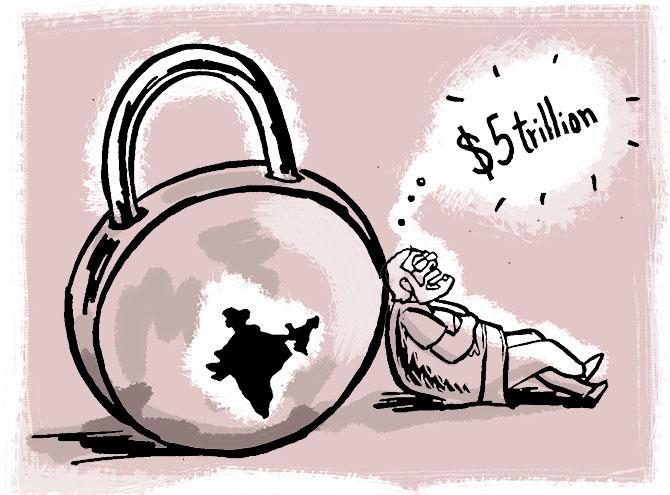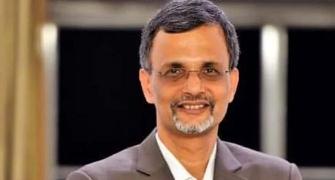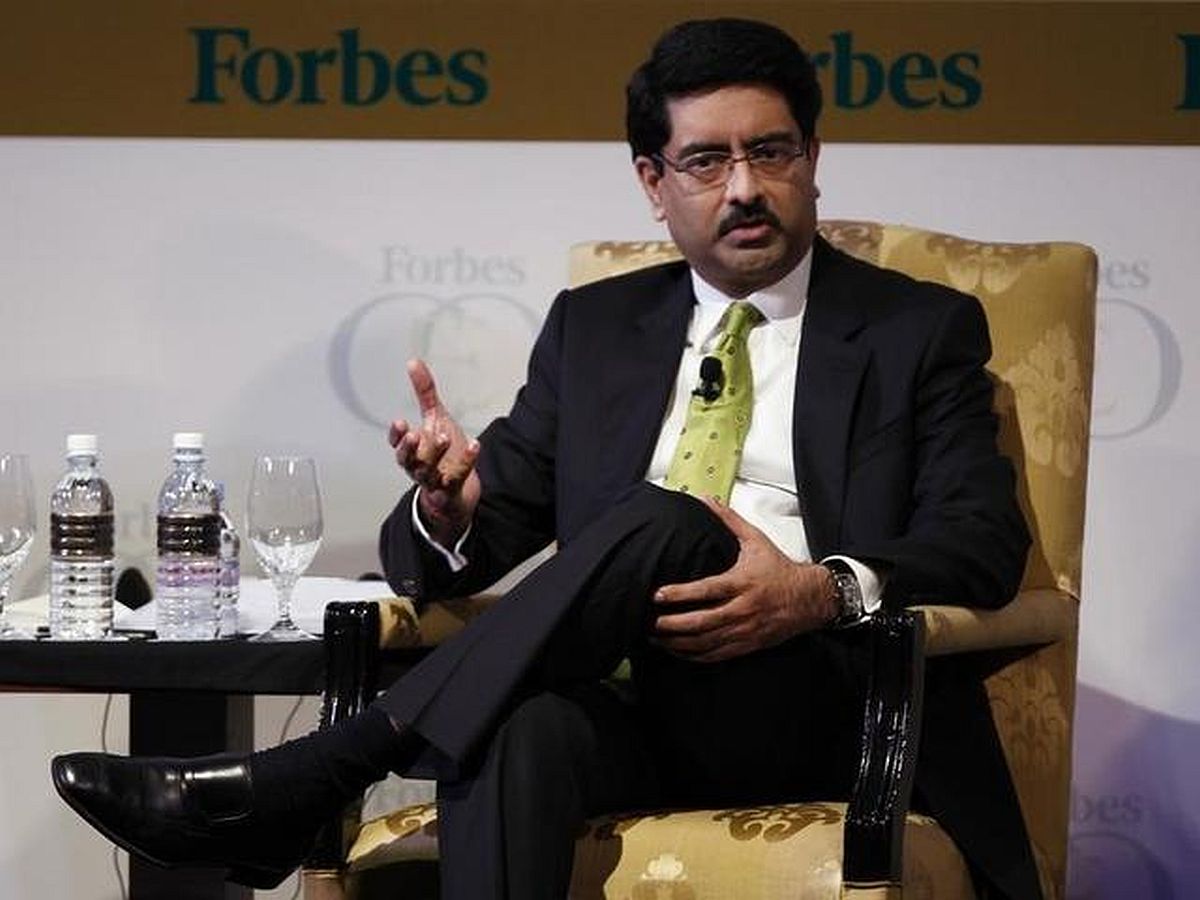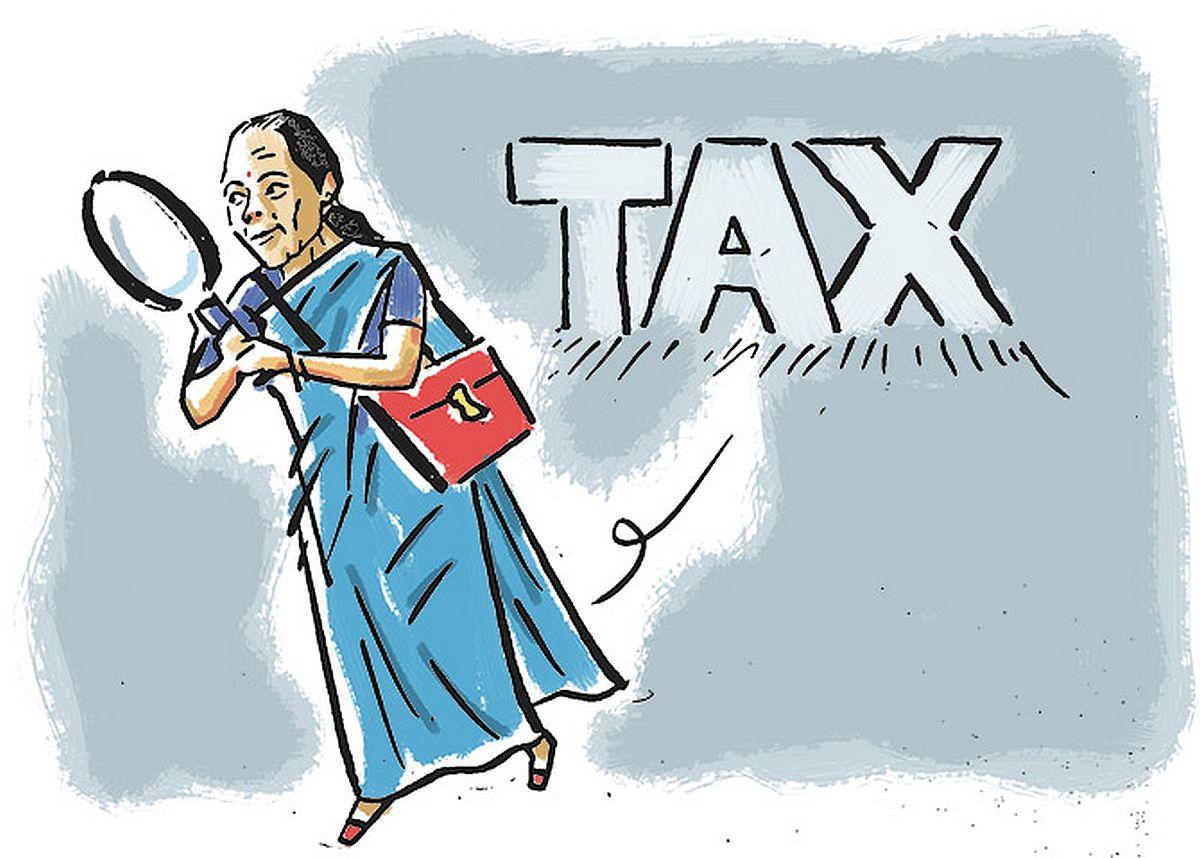India is much better placed today to deal with future waves of the pandemic relative to the first wave, RBI deputy governor Michael Patra said.

India will once again be among the world’s fastest growing economies, but the Reserve Bank of India and the government have their work cut out.
The measures undertaken by the central bank since the pandemic period from March 27, 2020, have “contributed significantly in engineering the turnaround in the Indian economy,” said RBI Deputy Governor Michael Patra on Friday at the annual C D Deshmukh Memorial Lecture.
“We are on course to becoming among the fastest growing economies of the world, but there is far to go,” Patra said in his speech, adding that private consumption and investment remains a work in progress, while the restoration of livelihoods and the revival of MSMEs is a “formidable task that lies ahead.”
“The RBI remains committed to revive and sustain growth on a durable basis and continues to mitigate the impact of Covid-19 on the economy, while ensuring that inflation remains within the target going forward,” Patra, who is in charge of monetary policy and a member of the Monetary Policy Committee, said in his speech. The MPC will meet next on February 7-9.
India’s gross domestic product is expected to rise by 9.2 per cent during the current financial year, exports grew by 49.7 per cent year-on-year in US dollars terms in the April-December 2021 period, when international trade was disrupted by supply chain issues, while import demand is surging back as domestic demand returns to normal levels.
While employment is yet to recover fully, and labour participation remains low, bank credit is picking up as stress in banks’ balance sheets eases. Inflation is now at a more tolerable level for the RBI, “although it remains elevated amidst high commodity prices, including of crude,” Patra said.
The central bank adopted various conventional and unconventional measures to ease the pandemic’s impact. Apart from extending a moratorium on repayments, and opening special liquidity help to individuals and small businesses, the RBI’s liquidity operations brought down borrowing cost for the government to a nearly 17-year low, despite record borrowing numbers, and softened the borrowing cost for private companies too.
Some of the measures began even before the pandemic, as the central bank anticipated stress, Patra said as an RBI insider privy to the reasoning behind the steps and 13 pandemic speeches of RBI Governor Shaktikanta Das.
Overall, liquidity augmenting measures worth Rs 17.2 trillion (8.7 per cent of nominal GDP of FY21) were announced since February 6, 2020. The policy repo rate was lowered by an unprecedented 115 bps in two phases, aside from a whole host of measures taken by the RBI.
“I would not hazard the audacity of anticipating the judgement of history, but today, India is much better placed to deal with future waves of the pandemic relative to the first wave,” the deputy governor said.
“The pandemic continues to shape the future, but the RBI remains armed and battle ready,” Patra said, adding, “the lessons of the pandemic will be imbibed and the RBI will emerge stronger and more resilient than before, and committed to its mandate of price stability, keeping in mind the objective of growth.”










